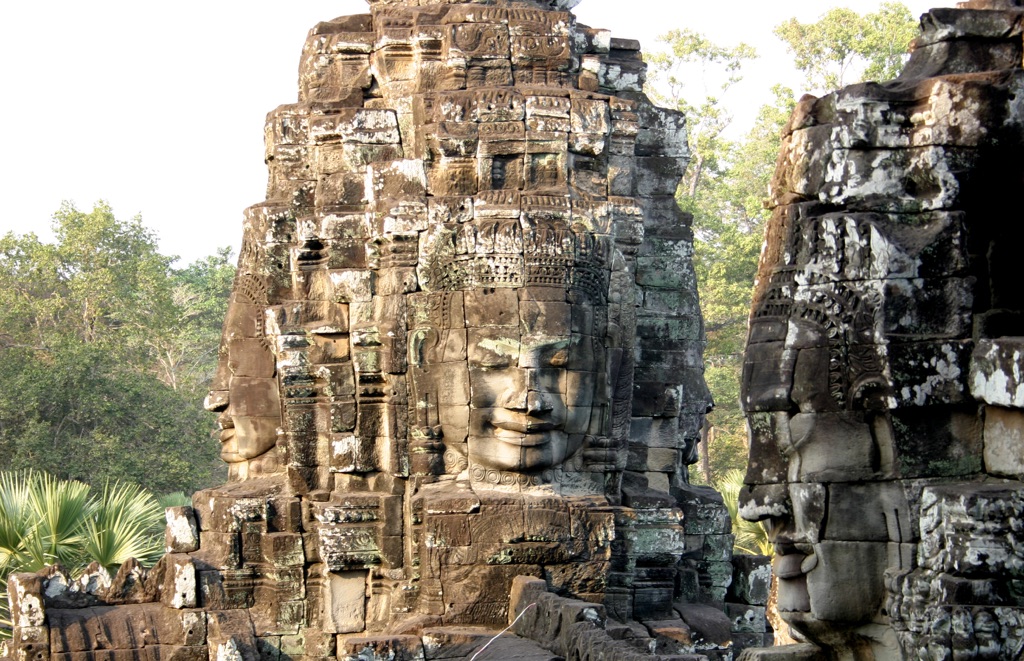Angkor Thom, the last capital of the Khmer Empire, stands as a testament to Cambodia’s rich history. Founded by King Jayavarman VII in the late 12th century, this ancient city is renowned for its grand architecture and intricate carvings. Enclosed by massive walls and a moat, Angkor Thom was a fortified city center, housing iconic temples such as the Bayon, with its serene stone faces, and other significant structures like the Terrace of the Elephants. Today, it remains a symbol of Cambodia’s cultural heritage and continues to captivate scholars and tourists alike.
Khmer Empire
The Khmer Empire, one of the most powerful empires in Southeast Asia, ruled vast territories that encompass present-day Cambodia, Thailand, Laos, and Vietnam from the 9th to the 15th centuries. Famous for constructing the temple complex of Angkor Wat, the largest religious monument in the world, the empire’s heartland was in the region of Angkor. The Khmer empire religion was initially Hinduism, and later on, Buddhism, both of which influenced the empire’s incredible architectural achievements. Their sophisticated water management systems, like the barays and canals, supported large-scale rice agriculture, which sustained a sizable population.
The Khmer Empire’s social structure was hierarchical, with a god-king, known as the Devaraja, at its pinnacle, supported by a network of officials, priests, and commoners. Through this robust administrative system, the Khmer rulers, like Suryavarman II and Jayavarman VII, maintained control and facilitated prosperity and growth. The empire’s strategic khmer empire location at the crossroads of trade routes also facilitated cultural exchange and economic prosperity. In spite of its eventual decline, factors of which include possible climate change, invasions, and overuse of land, the Khmer Empire left an indelible mark on the region’s culture and history. Today, the remnants of the Khmer civilization attract scholars and tourists alike, seeking to understand their complex society and rich legacy.
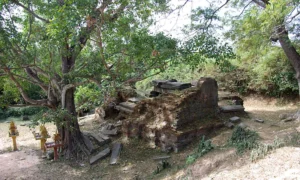
Ak Yum
Ak Yum is an ancient temple located in the Angkor region of Cambodia. It predates the famous Angkor Wat and is one of the earliest examples of temple mountain architecture in the area. The temple was initially a single-level structure, which later underwent significant expansion to become a stepped pyramid. This transformation reflects the evolving architectural styles and religious practices of the time. Ak Yum is a testament to the ingenuity of the Khmer civilization and offers valuable insights into the early development of temple construction in Southeast Asia.
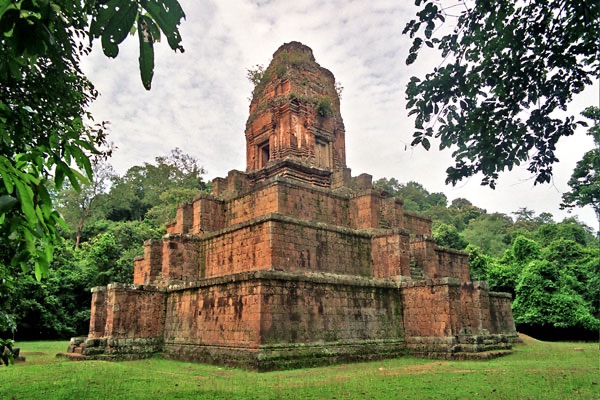
Baksei Chamkrong
Baksei Chamkrong is a towering temple located near the ancient city of Angkor in Cambodia. It stands as a testament to the architectural prowess of the Khmer Empire. Built in the 10th century, it is one of the earliest temples to use the temple-mountain architecture, which symbolizes Mount Meru, the home of the gods in Hindu mythology. Dedicated to Lord Shiva, it was constructed by King Harshavarman I and later completed by Rajendravarman II. The name Baksei Chamkrong means “The Bird Who Shelters Under Its Wings” and comes from a legend involving a large bird providing shelter to the king during a battle.
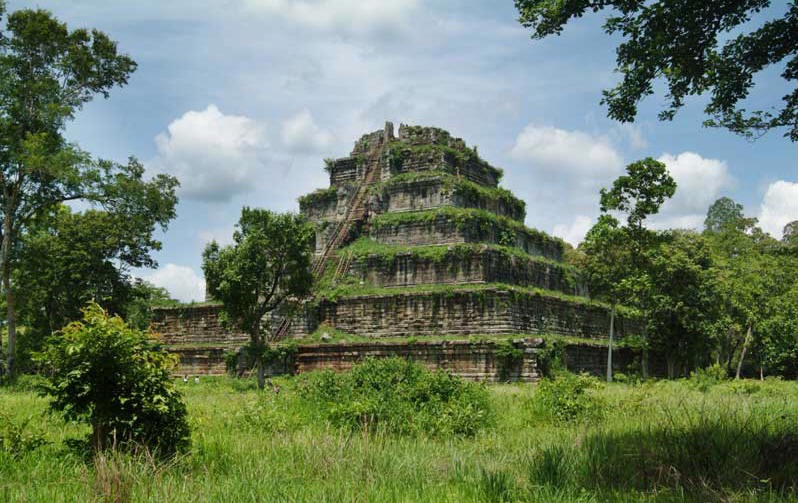
Koh Ker Pyramid
The Koh Ker Pyramid, also known as Prasat Thom, is a remarkable ancient structure located in northern Cambodia. It stands as a testament to the architectural prowess of the Khmer Empire. Built in the 10th century under the reign of King Jayavarman IV, this pyramid was part of the once-majestic city of Koh Ker, which briefly served as the capital of the empire. The site is notable for its towering temple-mountain, which was a significant departure from the flat temple complexes that characterized earlier Khmer architecture. The pyramid remains an enigmatic piece of history, attracting scholars and tourists alike with its unique design and mysterious past.
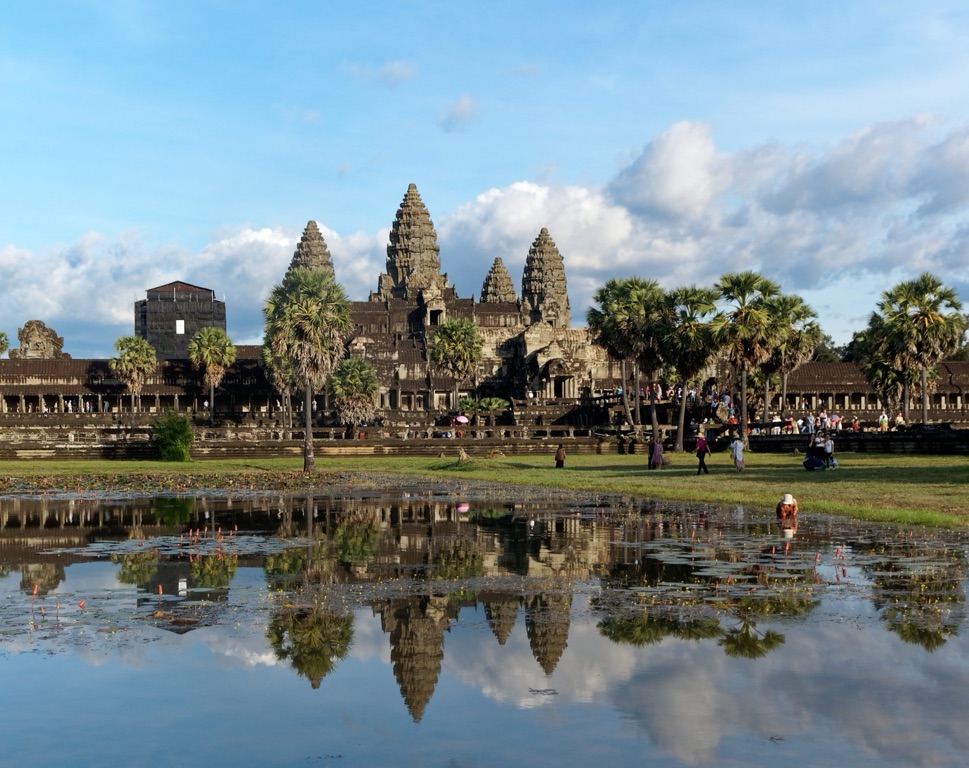
Angkor Wat in Cambodia
Angkor Wat stands as a testament to the architectural mastery of the Khmer civilization. Located in Cambodia, this temple complex was originally built in the early 12th century. Its purpose was as a Hindu temple dedicated to Vishnu. Later, it transformed into a Buddhist site. Angkor Wat’s structure reflects the height of Khmer art and culture. This makes it vital to human history. It draws visitors from all over the globe. The temple’s intricate carvings and grand scale tell a story of religious devotion and power. They span over centuries.
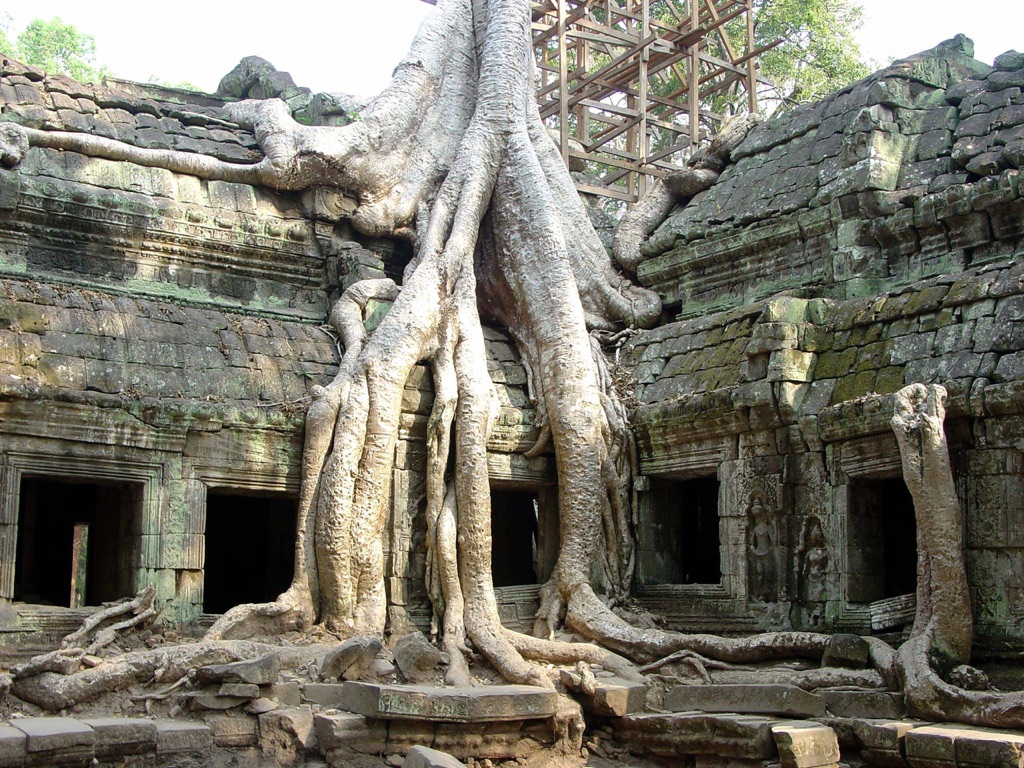
Ta Prohm Temple
Deep within the jungles of Cambodia, shrouded by the emerald foliage and the whispers of history, lies the enigmatic Ta Prohm Temple. This captivating archaeological site, part of the larger Angkor complex, is a testament to the grandeur of the Khmer Empire and the inexorable march of time and nature.

